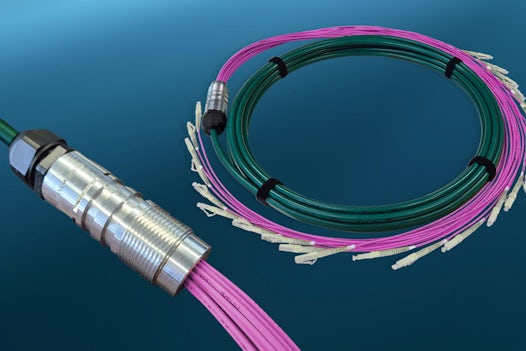
Energy-guzzling data centres
Energy-guzzling data centres: Smart energy-saving solutions needed
24 November 2022

Smart energy-saving solutions needed
The climate crisis and the gas and electricity shortages caused by the war in Ukraine are increasing the pressure on companies to reduce their CO2 emissions and save energy. In particular companies operating data centres are faced with a huge challenge: the energy requirement is rising as the demand for Internet and cloud services increases. According to World Energy Outlook 2022 from the International Energy Agency (IEA) the world’s 18 million data centres already used up between 220 and 320 terawatt hours in 2021. This is equivalent to between 0.9 and 1.3 percent of global power consumption (not counting cryptocurrency mining).
IT infrastructure and cooling use the most electricity
So the watchword must be to operate as economically as possible. The IT infrastructure and cooling and air-conditioning systems have been identified as the sources having the highest power requirement. Improvements to IT devices have been able to affect some savings. It has thus been possible, for example, to decouple the increasing data traffic from the energy consumed by data centres.
But that is not enough. The IT infrastructure of a data centre comprises a great number of components which need to be supplied with electricity. Troublesome as it is to replace these by energy-saving alternatives, the advantage of this step is that it provides operators with plenty of sustainable ways in which to increase their energy efficiency. These include adjusting fan speeds and storage hardware, substituting more energy-efficient devices and solutions, resorting to the cloud infrastructure, and even increasing the operating temperature.
Measurement and evaluation are the be-all and end-all
One of the most important – and often underrated – actions to perform is to measure and monitor consumption data. Accurate measurement and evaluation of the electricity consumption are the first step towards a more efficient data centre. The PUE (Power Usage Effectiveness) value should also be checked regularly. If monthly averages are available, changes can be determined by comparing them with the previous year’s figures.
Their in-house sustainability targets and the rising cost of energy are forcing companies to examine their IT environment and set it up accordingly. Datwyler’s Micro and Mini Data Centres often represent a good choice in terms of energy efficiency. As compact and energy-efficient Edge data centres in a preassembled rack with an electricity supply, cooling and environmental monitoring and security systems, they provide numerous benefits to companies, particularly those with multi-site branches: from a low space requirement through to energy efficiency, as reflected in the low PUE value of these solutions. This ensures that companies are ideally prepared for the current challenges.


